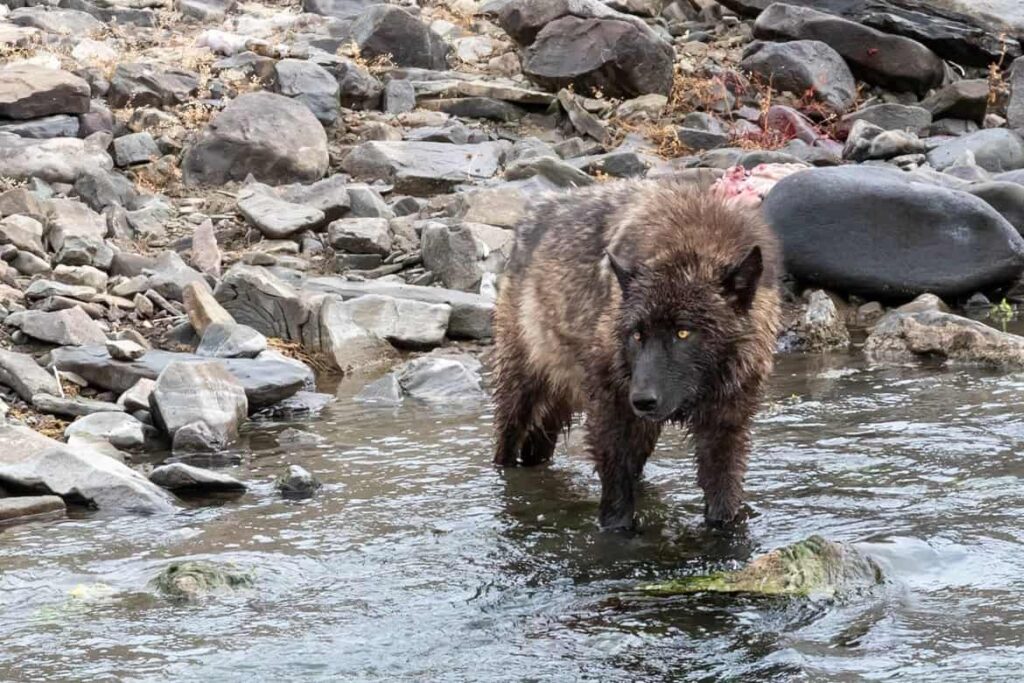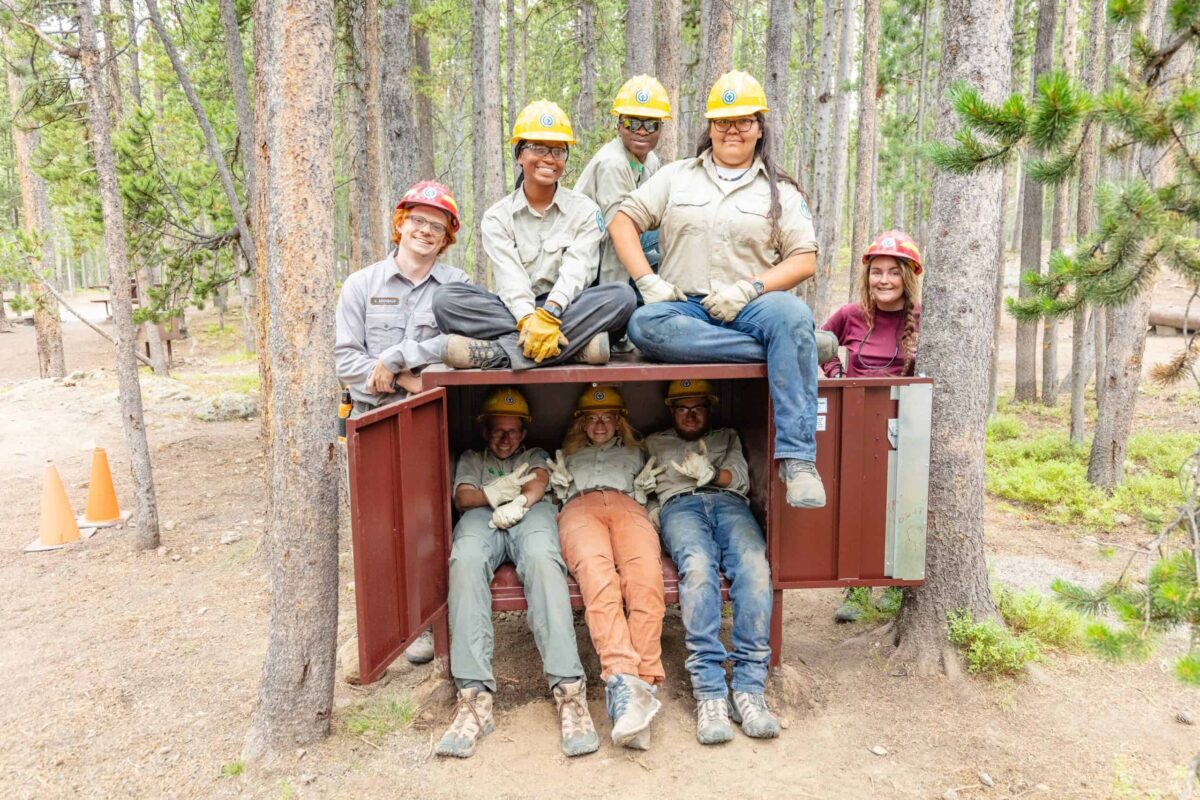
“Just thinking about how much your actions matter. As a crew lead, I was responsible for six youth in backcountry Yellowstone…. you kind of have to have your brain on all the time,” says Sam Archibald, a second year Master’s of Environmental Management (MEM) student at Western, of his experience leading youth conservation corps in Yellowstone.
Archibald set off in May 2021 to serve as a crew leader for Yellowstone’s Youth Conservation Corps (YCC) after completing his first year of graduate school. He spent his summer leading field crews of 15 to 18-year olds throughout the park in a variety of conservation, education, and citizen science endeavors.
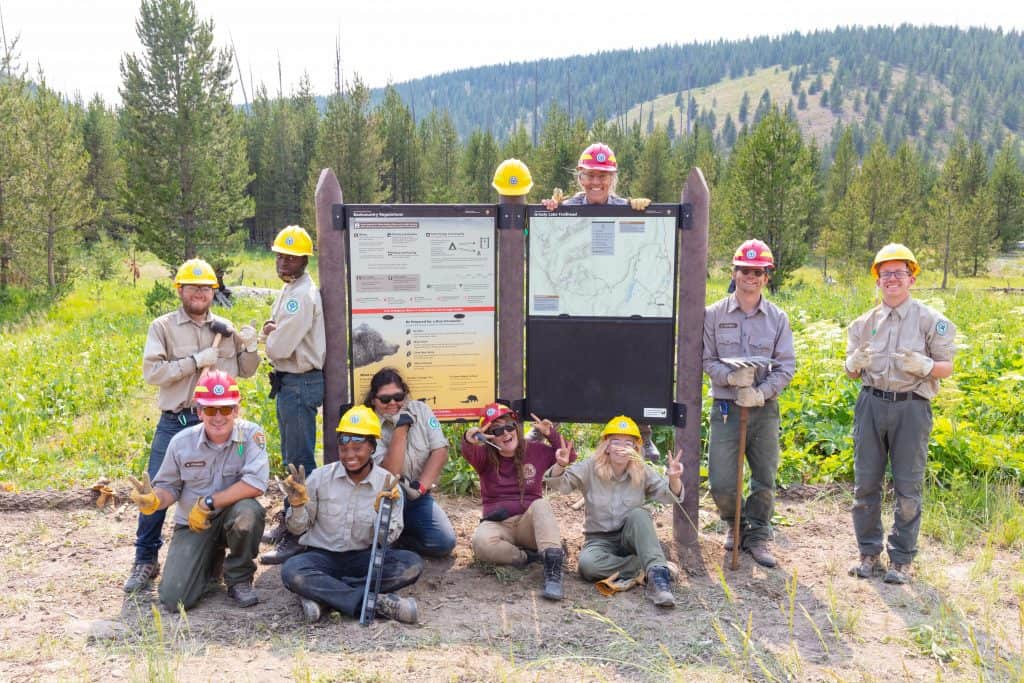
“It’s a lottery program, so we don’t do competitive hiring. A lot of people [in YCC] have never been to a national park before, have never done manual labor before, and they’re asked to do all this stuff, adapting to grizzly country and LNT [Leave No Trace], while also doing 8-hour [service] days,” says Archibald. “We had at least, unprompted, 28 people describe this program as life-changing and transformative.”
Archibald’s crew installed bear boxes and trailhead signs, in addition to monitoring visitor use, which involved counting visitors and cars in specific, high usage areas of the park. The visitor count data, Archibald notes, will play a direct role in management decisions. “I think it’s really cool that 16-year-olds are collecting data that’s going to make million dollar decisions,” he adds.
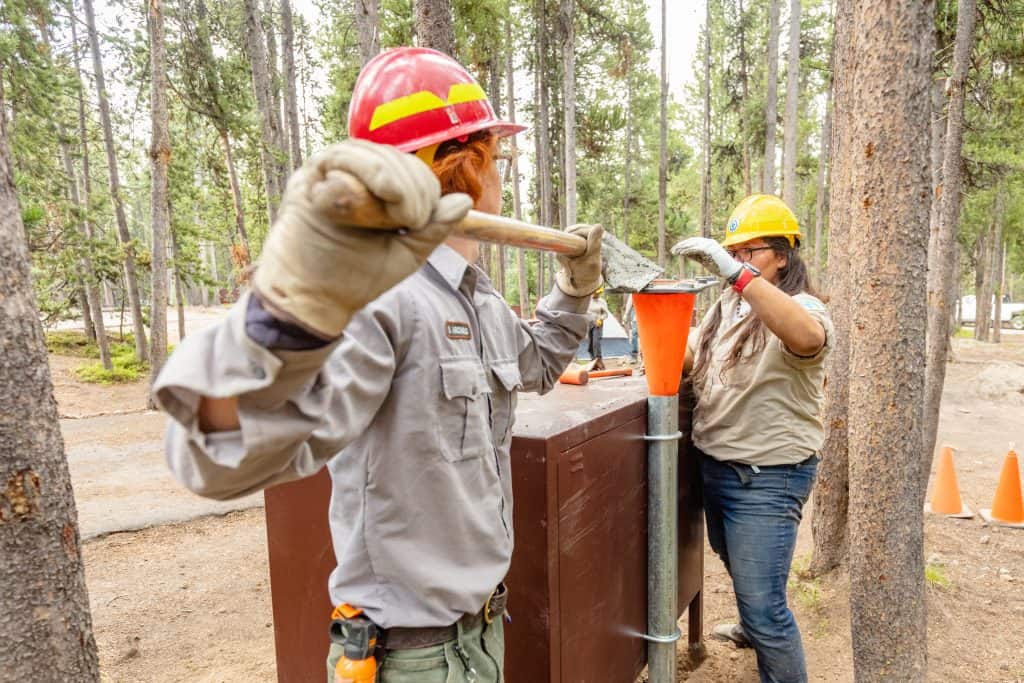
The crew also had the opportunity to assist with American Pika monitoring, in addition to assisting a National Park Service (NPS) research program that found them capturing dragonfly larva to analyze mercury levels in local water systems.
During Archibald’s tenure as a Crew Leader, Bob Furhmann, one of his supervisors, asked if he would be interested in conducting a study examining the impact of the YCC program on former corps members’ personal, professional, and social lives.
“Anecdotally, we know it’s a very impactful program, people talk about it, we can point to lots of now [National] Park Service staff who got their start with [the program], but no data,” says Archibald, adding, “A huge part of YCC is the community, being an intentional community, and those are the enrollees’ words, not mine.”
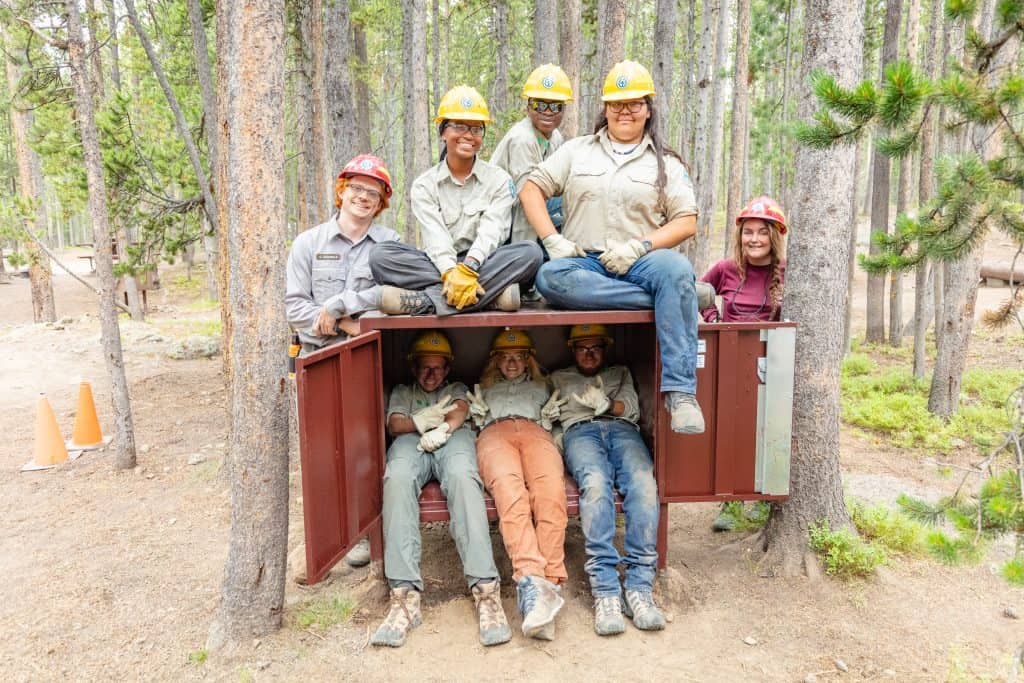
After completing his summer corps stint, Archibald needed little encouragement to make the program study his required 600-hour master’s project, launching a survey for former program participants between 2012 and 2019, conducting a series of one-on-one interviews, and setting out to scientifically showcase the positive impacts of the park’s conservation program.
Archibald notes that for many of the teenage participants, the conservation corps can offer a space that is safe to explore gender identities and other modes of personal expression that are often limited within traditional high school contexts. These experiences can go far beyond the professional, impacting the social lives and development of YCC youth on a profound level.
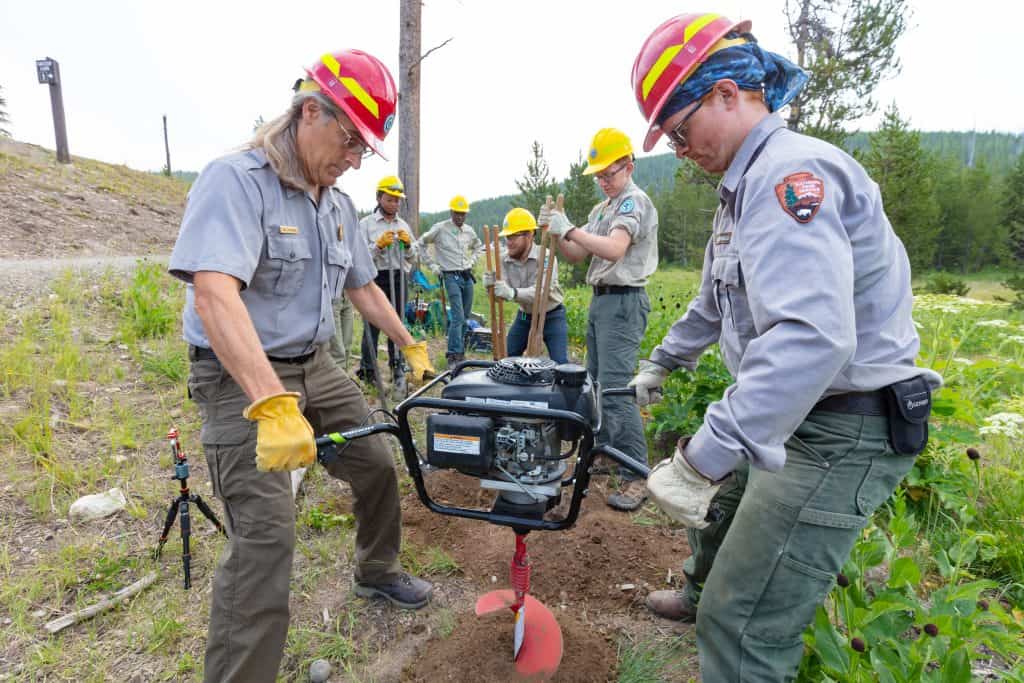
Archibald’s survey asked questions about former participants’ sustainability practices in their daily lives, the influence of their time in YCC on their career trajectory, and about their attitudes towards nature more holistically. He also made inquiries which sought to gauge the corps’ impact on personal development, civic engagement, and leadership over time. Archibald’s research is still undergoing final analysis, but showcases trends that point to YCC’s positive effects on former enrollees.
After a fall stint back at Western, Archibald transitioned into a seasonal educator role over the winter, taking diverse groups of visitors into the park, largely for wildlife watching excursions, along the park’s northern range to observe wolves, mountain goats, moose, and other species.

Some of the winter educational programs utilized snow coaches to access the interior regions of the park, which, along with snowmobiles, are the primary mechanism of travel in the vast portions of the park barred off to automobiles come winter.
Now in the last month of the MEM program, Archibald is transitioning into a new, permanent role as the Lead Field Educator for Yellowstone Forever, the official nonprofit for Yellowstone National Park. Archibald will be part of an education team that offers guided tours and field seminars to a wide swath of park visitors.
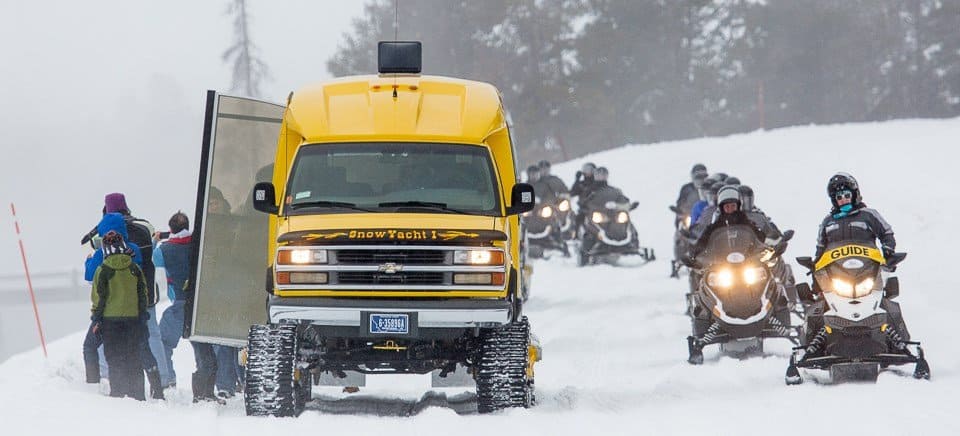
“The thing that keeps drawing me back to Yellowstone, and the reason I accepted this permanent job, is the Yellowstone ecosystem…there are lots of more rugged, more incredible landscapes that just blow you away,” says Archibald.
“[But] what keeps me coming back is the wildlife. [Yellowstone has] the highest concentration of predators in North America, the most intact ecosystem within the world, there’s not really a temperate ecosystem on that scale anywhere else.”
Archibald notes there are a variety of factors which play into Yellowstone’s unique ecological integrity. “First, it’s surrounded by mountains in all directions: [the] Gallatins, Absorokas, Beartooths, Wind River [range}, and the Tetons. Even when you got the fur trader rendezvous down in Jackson Hole and the early mining camps out in Virginia City, you didn’t really get too much penetration into the interior,” says Archibald of the park’s natural history.
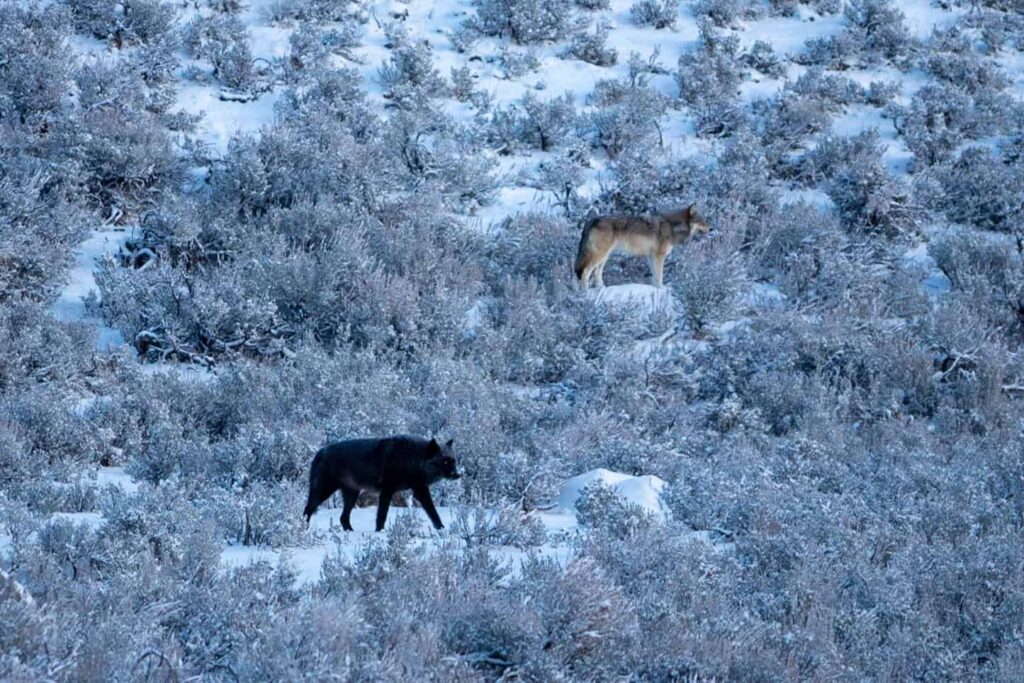
He also cites the park’s early protection (designated in 1872 as the nation’s first national park), vast scale (2.2 million acres, more than 3,400 square miles) and surrounding land protections (the park is bordered by the Grand Teton National Park, the Caribou-Targhee National Forest, the Custer Gallatin National Forest, the Bridger-Teton National Forest, and additional public land) as key factors in the park’s preservation.
And then there is the region’s hydrogeological uniqueness– Yellowstone National Park sits on a high plateau, roughly 8,000 feet, that boasts three major headwaters and a variety of pond systems. That unusual abundance of water at such high elevation is a critical factor in the park’s abundance of wildlife.
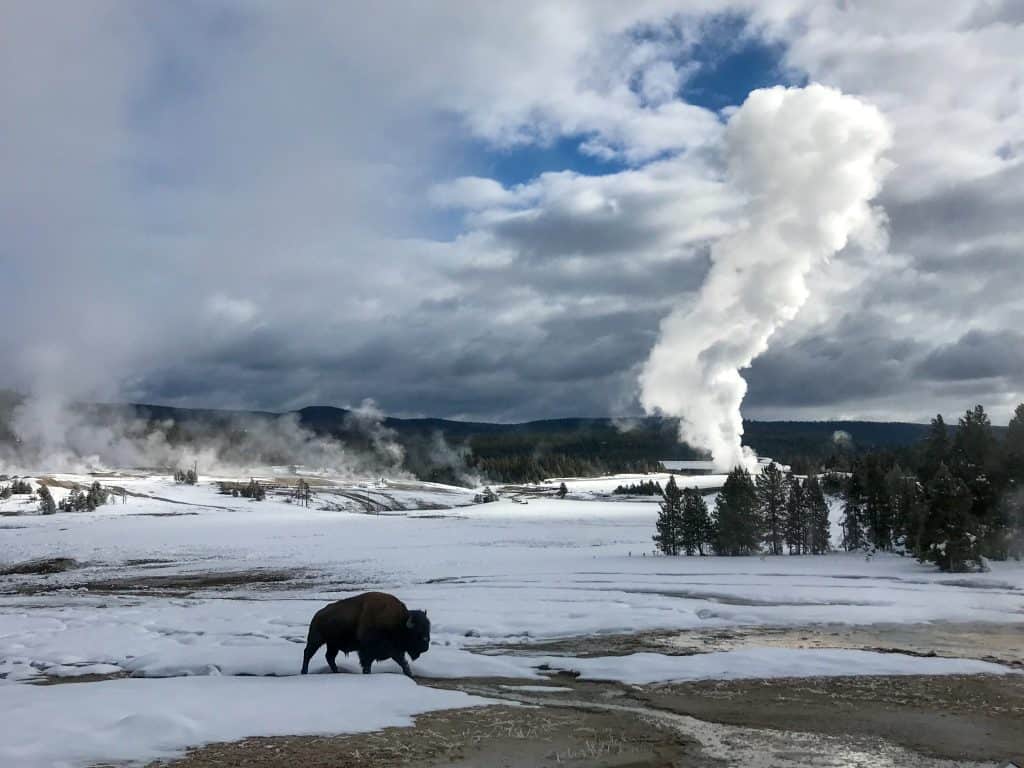
Archibald recalls a specific moment where a mountain goat, perhaps in a fit of confusion (and potentially at the end of its natural life), was crossing a road in a low valley while being stalked by a coyote. The coyote was regularly throwing back his head to howl.
“We could hear another coyote, probably his partner, back over the hill, keep calling back and forth,” he adds, noting that the coyote itself seemed to be in a state of disbelief about the goat’s location, and was perhaps trying to alert his partner to the unusual situation. Eventually, the coyote trotted off, leaving Archibald and his fellow corps members with a lasting memory.
Archibald adds that over the course of his Yellowstone experience, and his assumption of various roles, his familiarity with the landscape has blossomed. “It sucks you in, cause there’s so much to see,” he says, adding, “I’ve watched wolves devour a mule deer from just 40 yards away.”
“I feel like I can now describe myself as a true naturalist now.”
